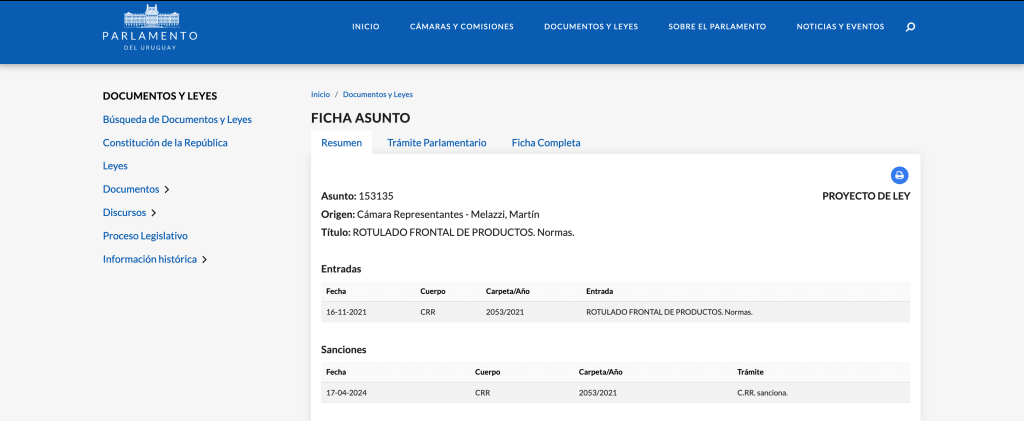The National Congress has approved the Law for the Control and Regulation of Energy Drinks. The Health Regulation Agency (ARSA in Spanish) and the Health Commission of the National Congress jointly drafted the law that prohibits the commercialization of energy drinks for minors under 18 years of age. In addition, its sale in health, academic and sports establishments is prohibited.
With the approval of this law, the ARSA will regulate the access, sale, consumption, advertising and will implement the correct labeling to identify the dangers of the consumption of energy drinks.
In particular, the marketing of energy drinks to the general public is prohibited in the following establishments: educational centers at all levels, museums, sports facilities, day care centers, homes and other establishments intended for the care of children under 18 years of age.


